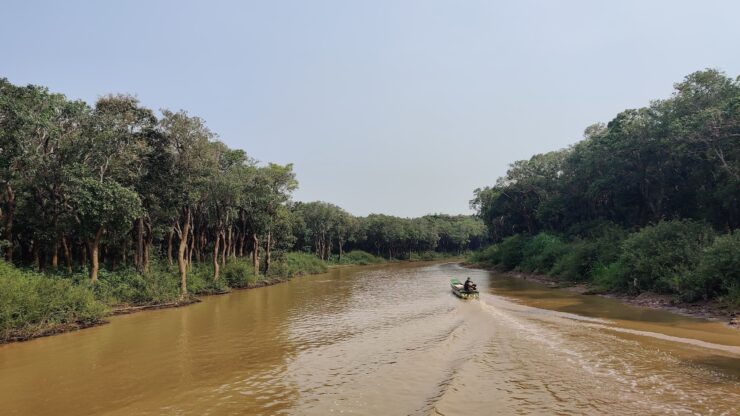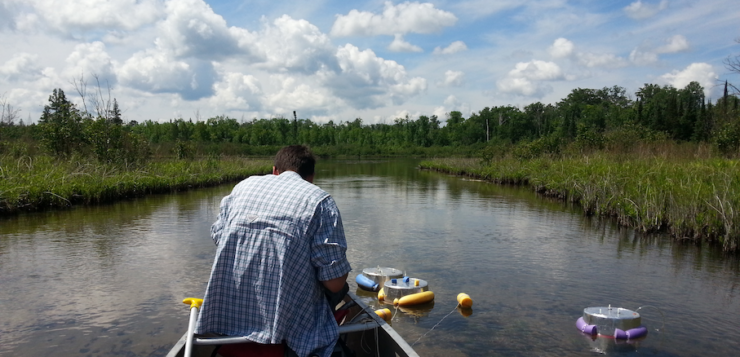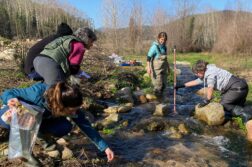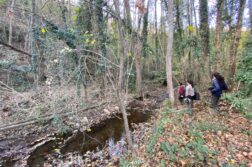The work, published in the journal Nature, concludes that the amount of methane that comes out of rivers depends little on the temperature of the water and a lot on the characteristics of the environment. The main author of the scientific article, Gerard Rocher-Ros, is a post-doctoral researcher at CEAB-CSIC.
Freshwater ecosystems account for about half of global methane emissions. This powerful greenhouse gas is the second component responsible for global warming, after carbon dioxide. Rivers and streams emit substantial amounts. However, so far there has been little documentation on the rates of these emissions on a global scale, the mechanisms that control them, and the patterns that follow. This changes with the contributions of the study Global methane emissions from rivers and streams*, published in the journal Nature on August 16.
An international team of researchers has collected and analyzed all published data on methane concentrations and emissions in rivers and streams**, compiling more than 20,000 methane concentration data. Next, using the information obtained along with high-resolution hydrological data, which captures the movement and distribution of water, they have used “machine learning” models to predict methane emissions in all the rivers.

The research team has seen that emissions of this gas in tropical areas are similar to those of much colder rivers even in the arctic tundra. He concluded that, unlike other aquatic systems (such as lakes), methane emissions in rivers depend less on internal factors such as water temperature. Instead, they are highly influenced by the features of the surrounding landscape, by land-water connections.
Emissions are highest when rivers and streams drain land rich in organic matter and low in oxygen (a scarcity that favors bacteria that produce methane as they break down organic matter). In wetland areas, as well as in habitats highly modified by people, these conditions are often generated.
“Humans actively modify river networks around the world and, in general, these changes seem to favor methane emissions,” explains Gerard Rocher-Ros, lead author of the study and post-doctoral researcher at the Blanes Center for Advanced Studies (CEAB-CSIC) and the Swedish University of Agricultural Sciences
Highly modified environments -such as closed streams draining agricultural fields, rivers under sewage treatment plants, or urban canals- often create organic-rich, oxygen-poor conditions that promote high methane production and emission.
Emily Stanley, a researcher at the Center for Limnology at the University of Wisconsin-Madison and co-author, says: “The research shows that, from a climate change perspective, we need to be more concerned with the systems in which humans create circumstances that produce methane than by the natural cycles of production of this gas”.
The information provided by the study, confirming that rivers are an important source of methane in the atmosphere at a global level and identifying the main processes that drive emissions, can help to intervene in the face of global change. Restoration of river ecosystems that have been modified by human activities could be one approach to reduce methane emissions and mitigate it.
The research has been possible thanks to the collaboration, over the years, of researchers from Umeå University (Sweden), the Swedish University of Agricultural Sciences, the University of Wisconsin-Madison and Yale (USA).





